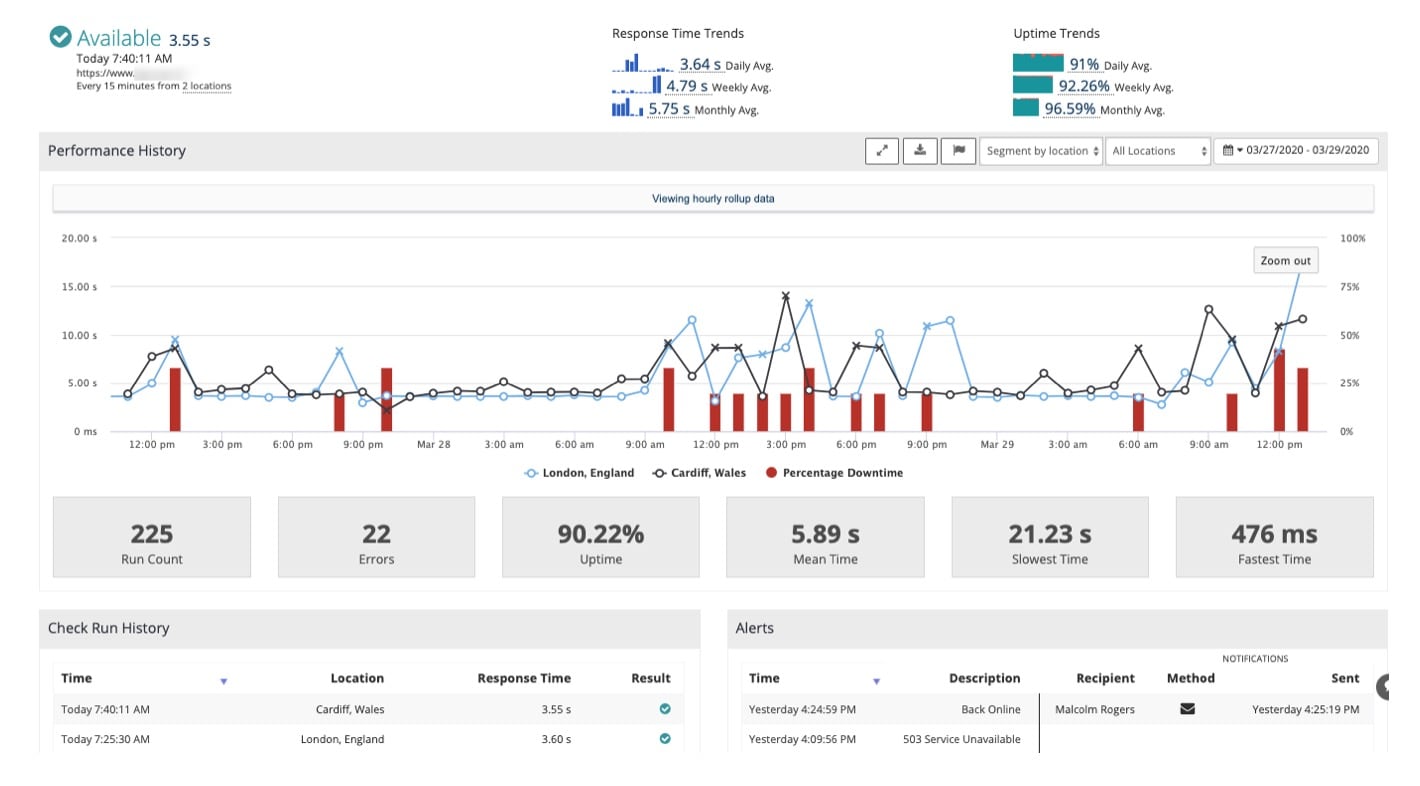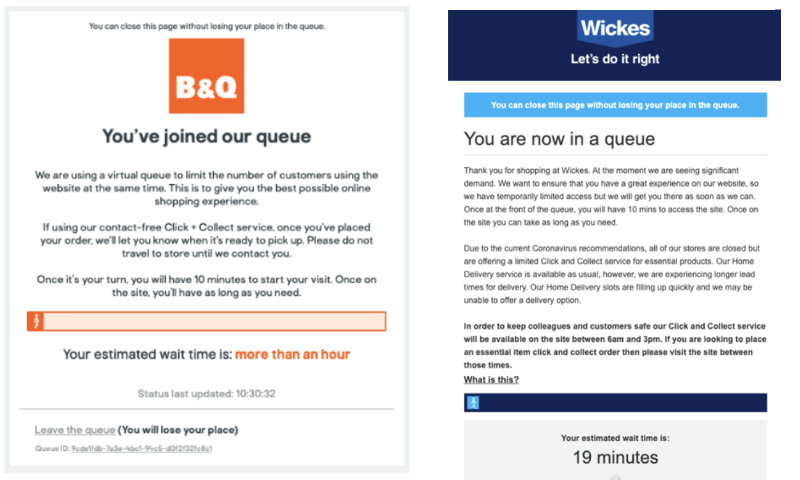DIY during lockdown? – Join the queue… maybe forever!

We are living in unprecedented times, doing unprecedented things, and living in an unprecedented way… Things that we took for granted, only a month ago, are now distant memories. We’re being told to stay at home, work at home and to educate our children at home. It’s no surprise then, that those who are furloughed and unable to work from home are thinking of things to keep them busy during COVID-19 lockdown.
It’s been widely reported in the news that online grocery websites have been inundated with orders, with many of the sites struggling to cope.
But the same is true for DIY stores, which are also viewed as an ‘essential’ service. With all but a handful of tradesmen now quarantined, it is the homeowner who is having to make those essential repairs and turning to their local DIY stores for required materials, plus maybe a few, non-essential ones too!
However, like virtually everything else, this activity has also been forced online with scheduled collections or long-awaited delivery slots. This new style of shopping presents an immediate performance and capacity problem for many website owners. Not only are they struggling to remain up and available, but their customers’ experience is, more often than not, painfully slow, or worse still, the website simply crashes out.
This online pain is evident from the below recent performance snapshot of a UK DIY website (taken using Rigor). In this image, Red is bad (website down) and the blue line shows how the webpage download times slow dramatically during busy periods. Neither conducive to a great customer experience!

So, what’s the answer? How can these essential services keep serving online?
Well, several have implemented a new style online queuing system, or Waiting Room. Which does as you would expect – holds you in a queue, which we’ve often seen can be well over an hour long! After which you can browse your intended DIY website adding your essential items to your basket and then click’n’collect.
This option does enable such websites to remain available under huge traffic loads and provide the essential service. It is indeed a solid technical solution (means to an end) during such challenging times. And we Brits love to queue – don’t we?

However, having experienced it, it is extremely frustrating. Although again, the pragmatists (website owners) out there, would argue that it’s the perfect solution, because the wait sorts the wheat from the chaff with some customers simply aborting, leaving those in genuine NEED, to queue. And it allows them to service their customers in a fair and controlled manner with more manageable (read lower cost) hosting capacity. Which is why waiting rooms could be with us for good. Sorted then, right?
Or is there a better solution?
In our opinion, yes, we believe there is.
In analysing the impact for customers’ online user experiences during this Coronavirus lockdown, we have noticed that most of the large UK online grocers, although experiencing similarly huge spikes in website traffic, have chosen not to implement waiting rooms, except for Ocado (who did implement a queuing system, and whose experience is probably worthy of its own story). It seems that most preferred instead (we believe), to streamline the content of web pages with optimisation tools such as Google Lighthouse and Rigor, to enable them to continue to serve more customers faster, but crucially, from a user experience perspective, by landing straight into their existing familiar website format.
Basically, their strategy seemed to be optimising their websites’ performance so they could serve more customers from their existing technical capacity. Call me gullible, but as a seasoned web-surfer, like many, I am prone to the odd impulse (unplanned) online purchase – that two-for-one special or delicious looking product/item. Who isn’t!
Well, I can tell you who. All those that have had to queue in an online waiting room for tens of minutes or over an hour. If I were them, when they’re finally allowed to enter the virtual shop, I would navigate straight to what I need, add to basket and arrange collection or delivery, conscious to exit for the next user ASAP. No time for impulse buys.
So which option is better?
We know that when the lockdown is over, the world isn’t going to go back to being exactly how it was.
We at AP firmly believe, along with many other business experts, that this seismic shift to online will have a lasting effect. Unfortunately, this will no doubt spell doom for many businesses who do not have a good, performant online presence. But for those that do, or develop one, they need to think carefully how they plan to deal with similar extraordinary spikes in user traffic – whatever the reason may be.
The argument for both of the above solutions is equally compelling, which option would you choose?
Do let me know with a brief comment and/or get in touch if you’d like to discuss how to optimise your website performance for the many benefits it affords.
I know which I prefer, both as an individual and entrepreneur.
Stay safe and well.
Malcolm Rogers

